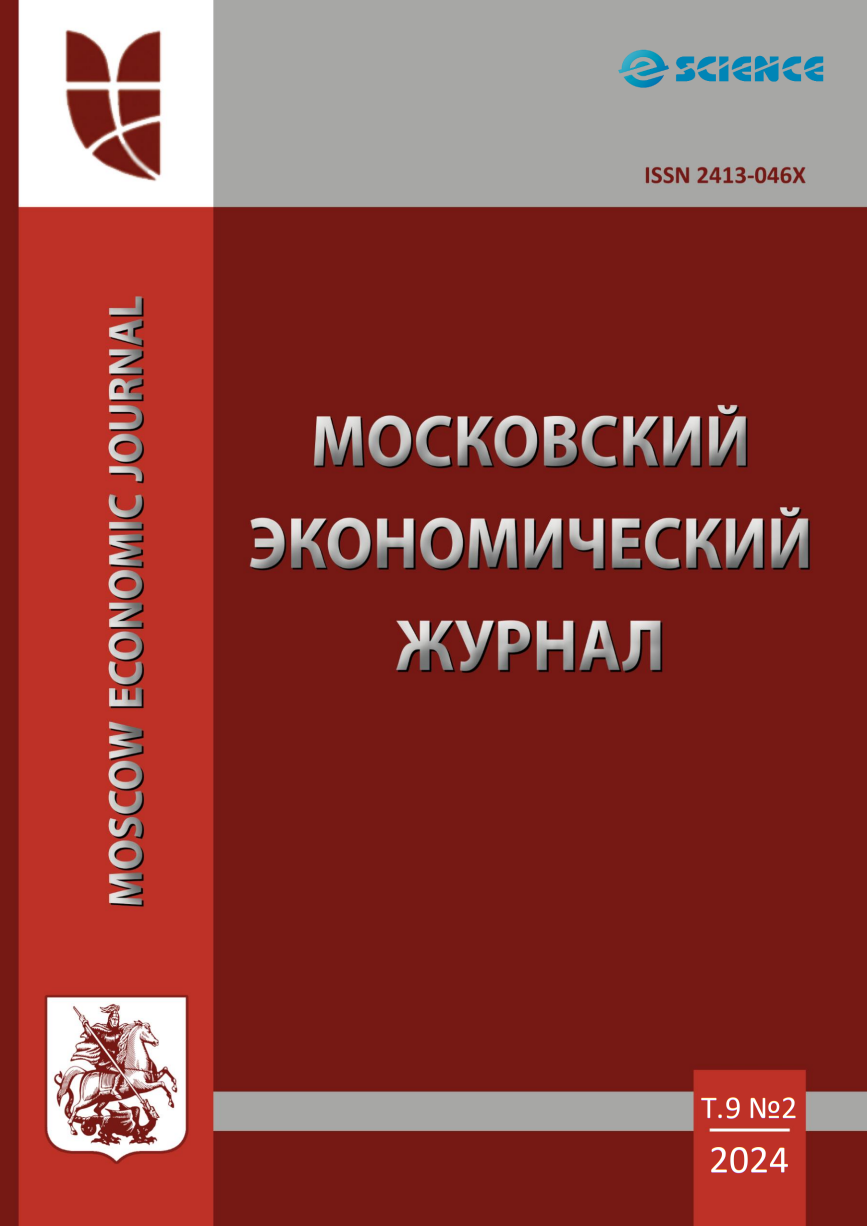UDC 32
The purpose of the article is to identify trends in the spread of digital inequality in East Asian countries (using the example of China, Mongolia, the Republic of Korea and Japan). The analysis indicates the uneven development of the digital economy within the studied geographical macroregion. Based on the analysis, it was concluded that the pandemic has become a catalyst for increasing demand for digital technologies and stimulated the processes of digital transformation. However, the uneven access to information and communication technologies (ICT) characteristic of East Asian countries has led to a further deepening of the digital divide both within the macroregion and between individual countries. In rural areas of China, Japan and Mongolia, where access to ICT is limited, the opportunities for full integration into a digital society are significantly lower than for the urban population. The Governments of East Asian countries are pursuing policies to reduce the digital divide, which indicates a possible reduction in the inequality of access to ICT in the future. Secondly, there is a gap in the quality of information and communication technology use in East Asian countries. A significant part of the population prefers to use the Internet for entertainment purposes, which does not contribute to full integration into the digital ecosystem and prevents the even distribution of benefits from digital transformation. With the increasing complexity of digital products, this gap tends to increase. Thirdly, the existing differences in economic development, educational resources and socio-cultural factors, such as, for example, age, are sources of the spread of digital inequality in the studied macroregion. This type of inequality is typical for all the countries studied. It is predicted that this inequality will increase due to the constant complexity of digital tools and deeper integration of advanced regions into digital ecosystems. It is concluded that the basis for overcoming digital inequality is to ensure access of the population of rural regions to ICT in combination with public policy measures aimed at developing the necessary skills of using digital technologies among the population.
digital economy, digital divide, East Asian countries, digital inequality, inequality of access to ICT
1. Davaasuren A. Cifrovye transformacii v Mongolii: vyzovy i vozmozhnosti // Informaciya i innovacii. 2023. T.18. № 2. S. 13-21.
2. Kupcov A.I. Vliyanie cifrovogo neravenstva na ekonomicheskuyu stabil'nost' v Kitae // Progressivnaya ekonomika. 2023. № 8. S. 66-82.
3. Sheludyakov I.S., Lebedeva (Krassa) E.N. Cifrovoe neravenstvo v regionah Rossii: problemy i puti ih preodoleniya // Progressivnaya ekonomika. 2023. № 2. S. 23-43.
4. Global internet penetration rate as of October 2023, by region. Statista. [Elektronnyy resurs] / URL: https://www.statista.com/statistics/269329/penetration-rate-of-the-internet-by-region/ (data obrascheniya: 25.12.2023).
5. Quibria M.G., Ahmed S.N., Tschang T., Reyes-Macasaquit M.L. Digital divide: determinants and policies with special reference to Asia. 2022. Asian Development Bank. 30 p.
6. Southeast Asia’s digital economy may be set to hit $1 trillion, but roadblocks remain [Elektronnyy resurs] / URL: https://www.cnbc.com/2023/06/01/aseans-digital-economy-has-great-potential-but-roadblocks-remain.html (data obrascheniya: 4.01.2024).
7. The ICT Development Index 2023 [Elektronnyy resurs] / URL: https://www.itu.int/hub/publication/D-IND-ICT_MDD-2023-2/ (data obrascheniya: 28.12.2023).
8. World Development Indicators. World Bank [Elektronnyy resurs] / URL: https://databank.worldbank.org/data (data obrascheniya: 21.12.2023).











